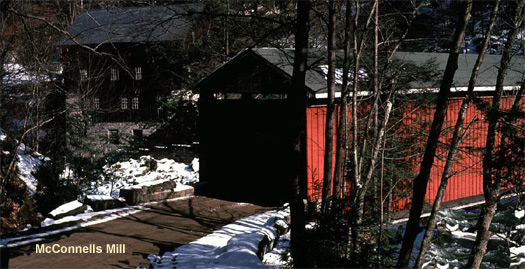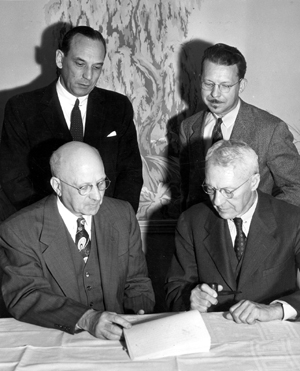
FROM THE WPC ARCHIVES: As we celebrate our 75th Anniversary in 2007, the Western Pennsylvania Conservancy reflects on one of its earliest projects, securing and protecting McConnells Mill. Perhaps best known for the spectacular beauty of the Slippery Rock Creek gorge, nearly 1,000 acres of what was to become a National Natural Landmark was owned by The Pennsylvania Power Company. When initially contacted by the Conservancy, they let it be known that they had already invested more than $100,000 on the property. This figure was well out of reach for a non-profit conservation organization, especially in 1952 dollars. Still, Pennsylvania Power President Lou Round was hopeful he could sway his shareholders to see the public relations benefits of selling below market value in the name of protecting nature.
WPC Board Secretary Dr. M. Graham Netting related that he was asked to meet with Round at his New Castle office on October 27, 1952, but when he arrived he was dismayed to discover that Round had been called out of town. Netting was handed a memo that he said made the trip eminently worthwhile. The memo from Round said Pennsylvania Power would sell the land to the Conservancy for $30,000, a figure
well below its appraised worth. The memo said the firms attorneys were busy working on all the necessary paperwork.
|
Conservation | | Fallingwater | | Gardens | | Join WPC | | Contact | | Press Room


